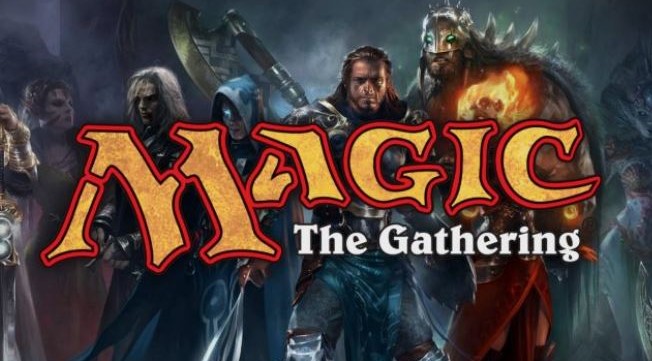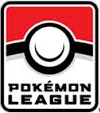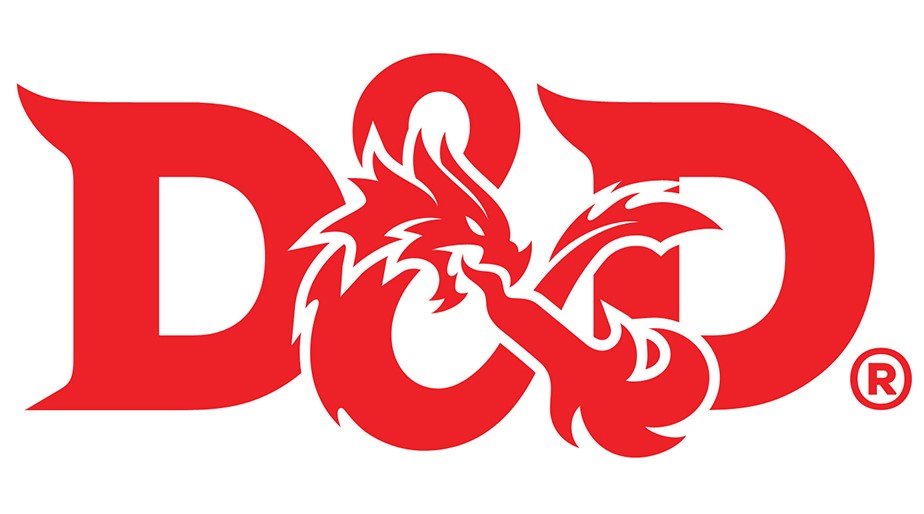Comic books and graphic novels are part of a literary format known as sequential art, which combines text, panels, and images. As with any other medium, they vary in subject matter, audience, complexity, and quality.
Among many other benefits, comic books and graphic novels:
- Promote literacy and comprehension
- Increase learning retention
- Elevate the reader's vocabulary
- Motivate independent reading
- Improve writing skills
- Teach English to non-native speakers
- Are FUN to read!
Spandex City is committed to partnering with local educational institutions and libraries to keep everyone reading!
See what others have to say:
Graphic novels are not for dummies--they contribute to developing literary skills. Little do the students know that, hidden within the artistic pages are story sequence, character development, inference, higher-level thinking skills, and challenging vocabulary. In my library, graphic novels never make it to the shelves. They are checked out as fast as they are returned!
- Suzanne Hinesley, Media Center Specialist, Highland Mill Montessori, Charlotte, NC
Why should kids read graphic novels? As a librarian, I have seen graphic novels work their magic on even the toughest reluctant reader. Graphic novels open up the possibility of books to kids who might not know that they like to read. I consider graphic novels the reading doorway to great books.
- Angela Craig, Children's Services, Charlotte Mecklenburg Library, Charlotte, NC
Comic books and graphic novels have a wide range of styles and subject matter. They range from social commentary to fantasy to autobiography to mystery to didactic. While most comics from the 1950s through the 1980s were targeted at younger children and teenagers, the change in marketing in the 1990s led to an explosion of more complex material that explores the world around us in more keen depth. Comics such as X-Men are metaphors for racism in America, and Swamp Thing has explored a wide range of environmental issues.
- Ross White, Associate Director, LEARN NC, UNC School of Education, Chapel Hill, NC
As the misconceptions of the 1940's slowly fade, both the educational and comics communities look forward to a new generation of educational materials that teach through comics.
- Gene Yang, high school teacher and cartoonist
For students who lack the ability to visualize as they read, it provides a graphic sense that approximates what good readers do as they read. Moreover, it provides an excellent way for reluctant writers to communicate a story that has a beginning, middle, and end. I think comics and graphic novels are an excellent vehicle for teaching writing, as a story has to be pared down to its most basic elements. It is easy for the students to look at a short comic strip and identify story elements.
- Rachael Sawyer Perkins, teacher, Dolores Street Elementary School, Carson, CA
Comics and graphic novels can be used as a “point of reference” to bridge what students already know with what they have yet to learn....For example, comics and graphic novels can teach about making inferences, since readers must rely on pictures and just a small amount of text. By helping students transfer this skill...teachers can lessen the challenge of a new book.
- Shelly Hong Xu, associate professor of Teacher Education, California State University, Long Beach, CA
Researchers concluded that the average graphic novel introduced readers to twice as many words as the average children’s book.
- Stephen Weiner, The Rise of the Graphic Novel: Faster Than a Speeding Bullet (2003), p. 61
For a comprehensive FAQ about graphic novels, click here.
Suggested lesson plans using specific graphic novels can be found here.
Check out a great education blog on "The Graphic Classroom" here.
Videos (by local psychology practice Southeast Psychology) discussing comic books and their role in encouraging children's literacy can be found here (reading) and here (writing).
Some strategies for teachers to consider are here.
More ideas on how to use comics in the classroom can be found here.
For the latest reviews of comics, anime, superheroes, manga, and more for the K-12 audience from School Library Journal, click here.





